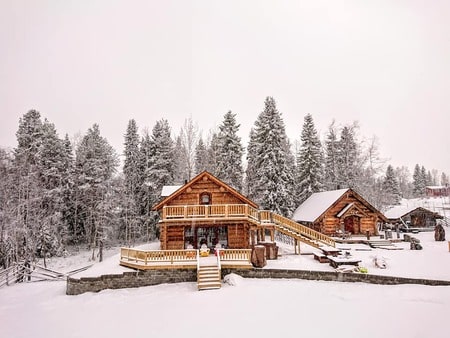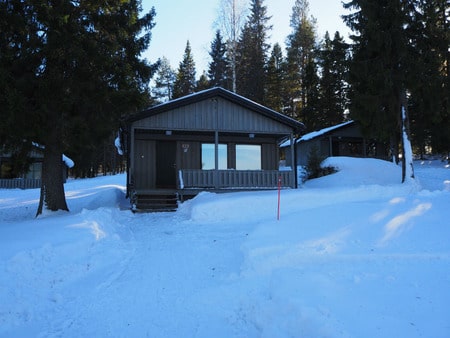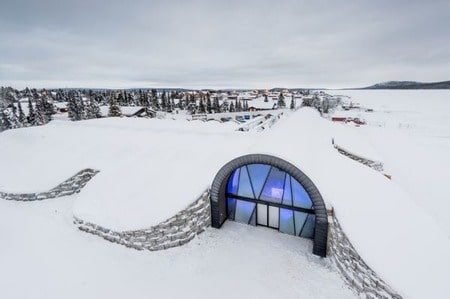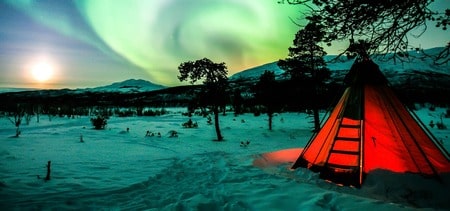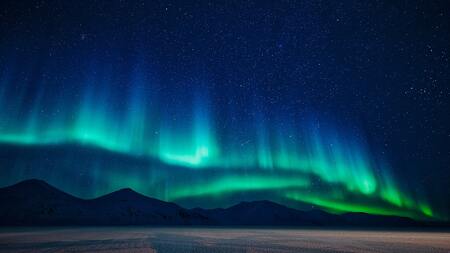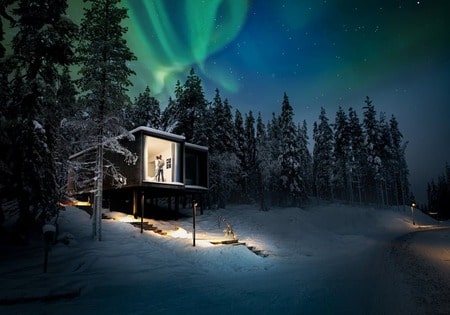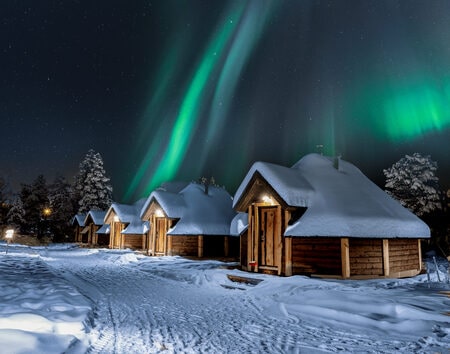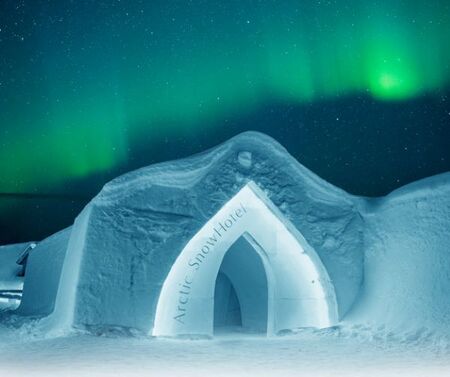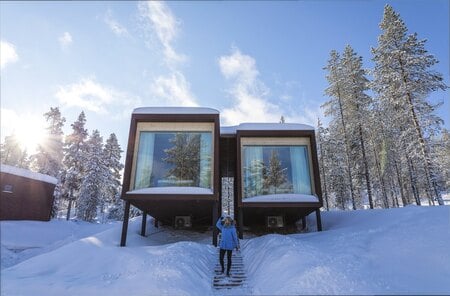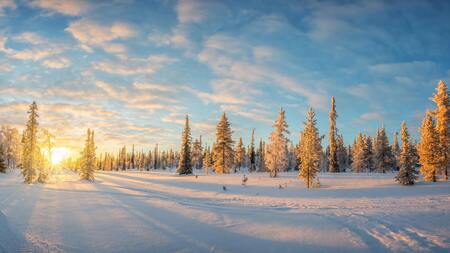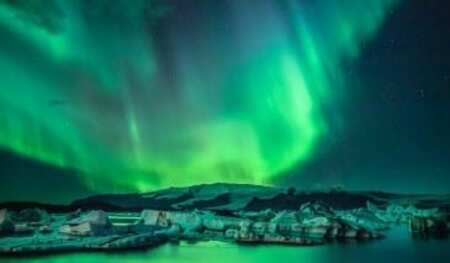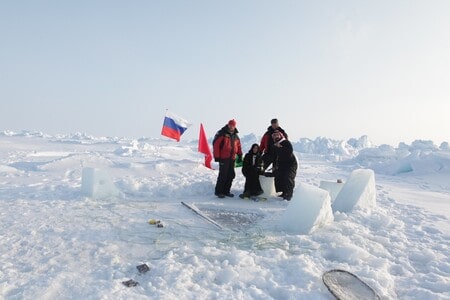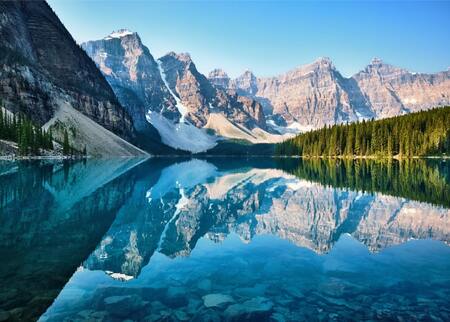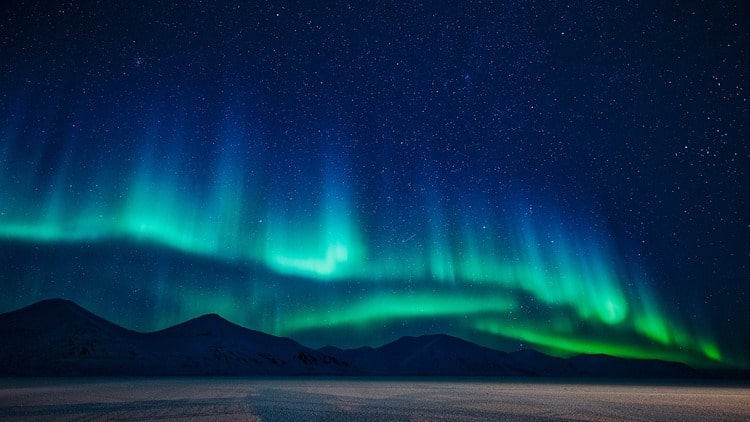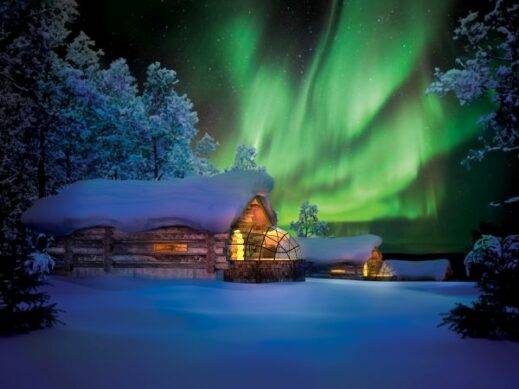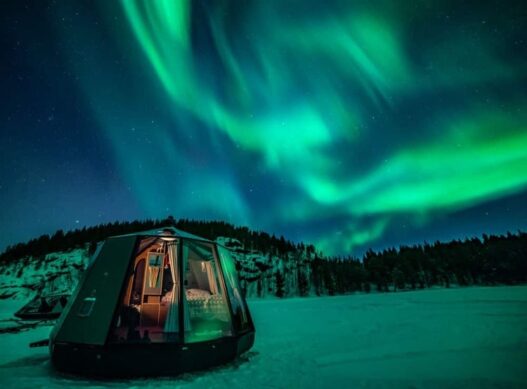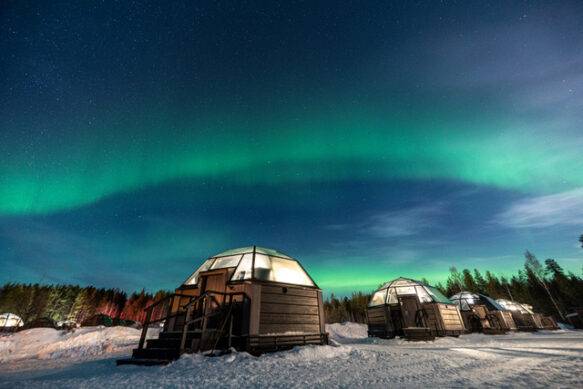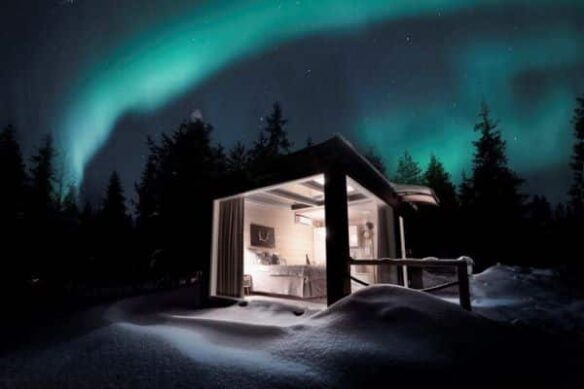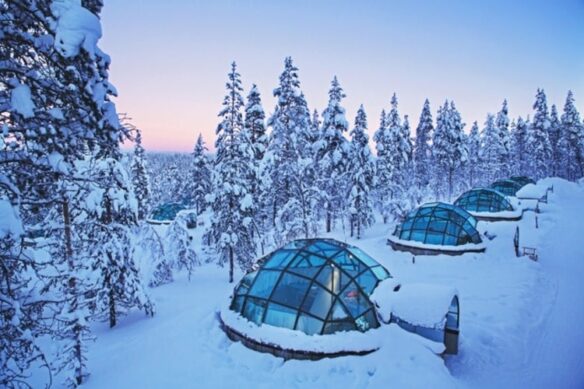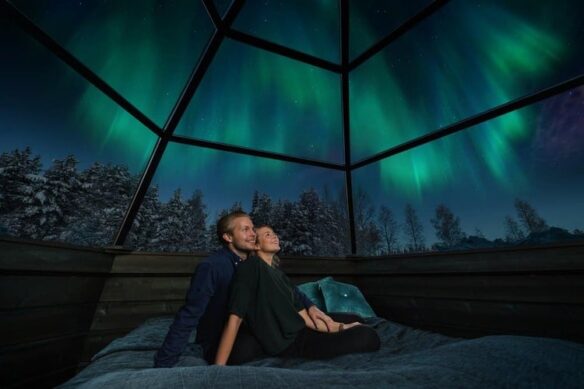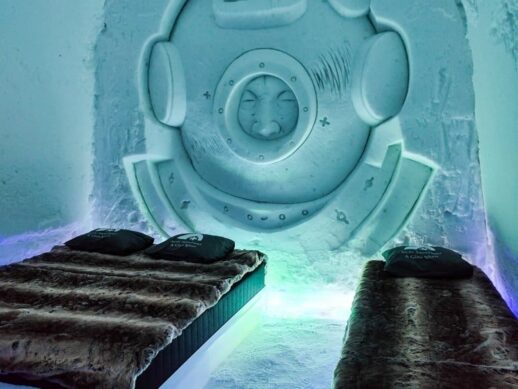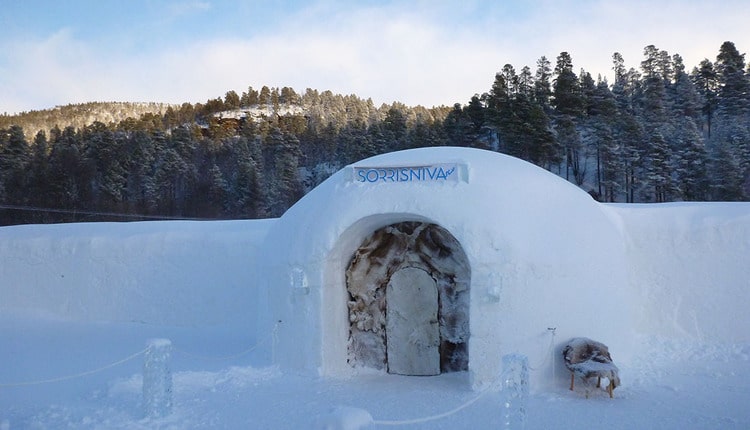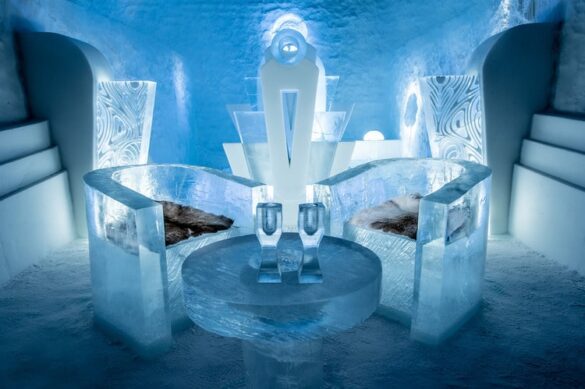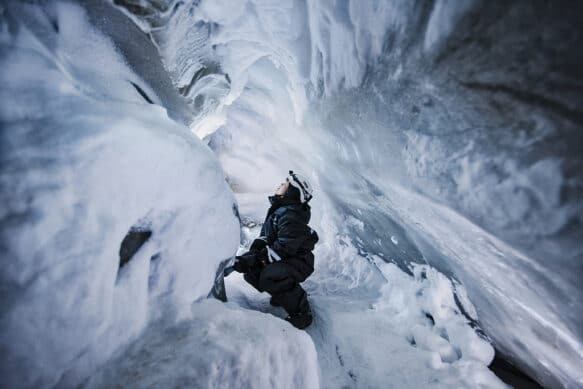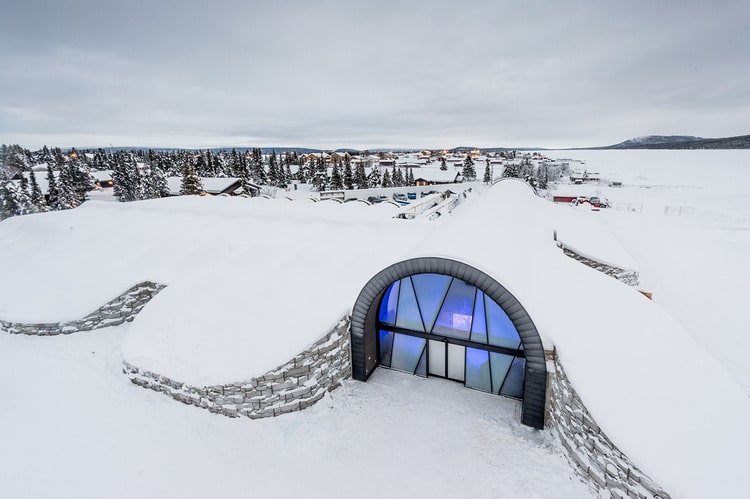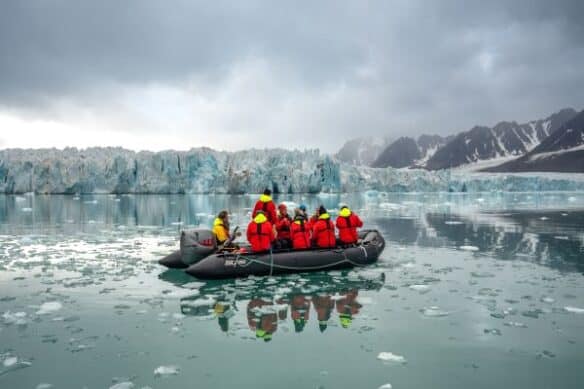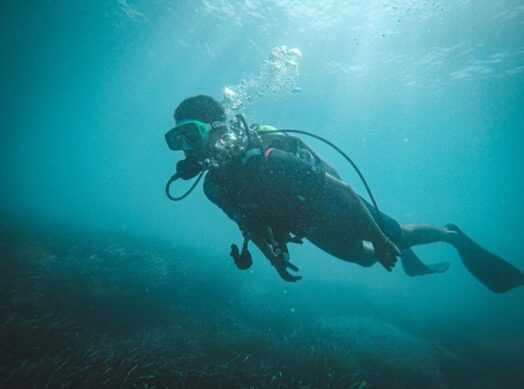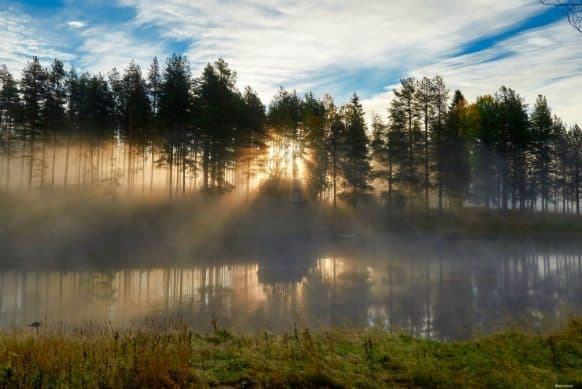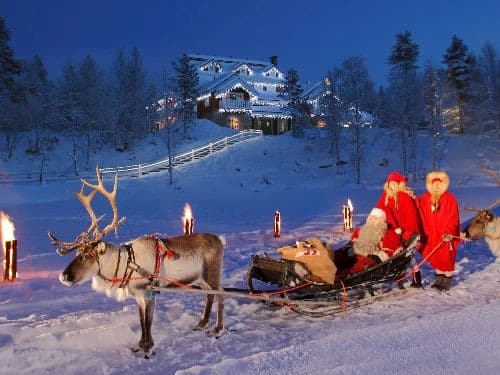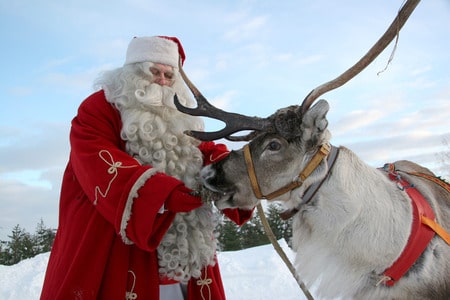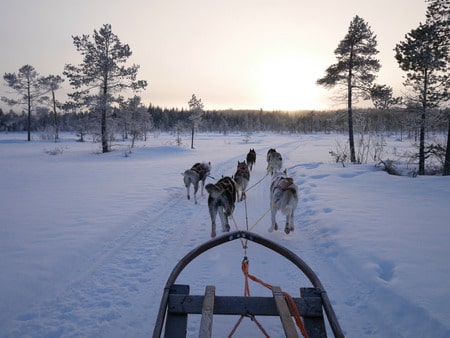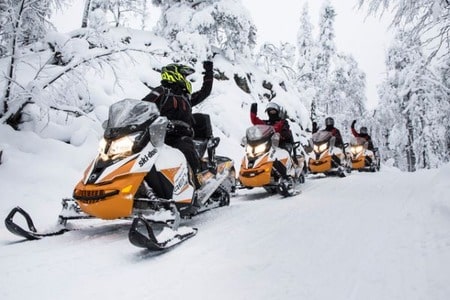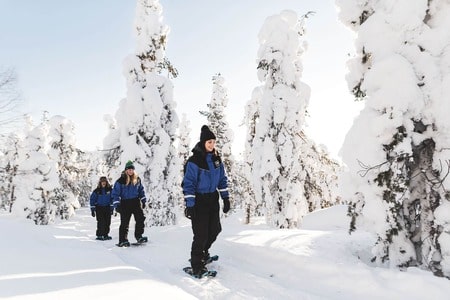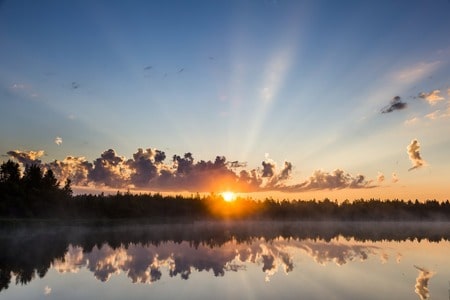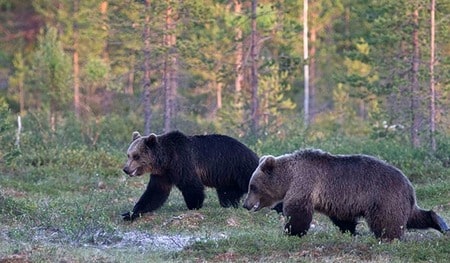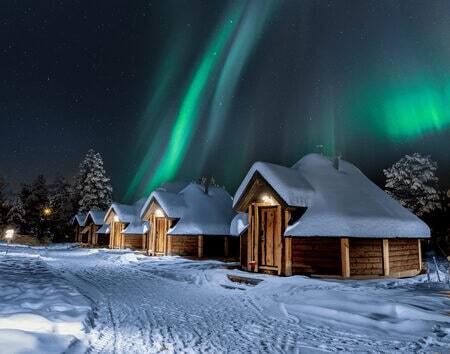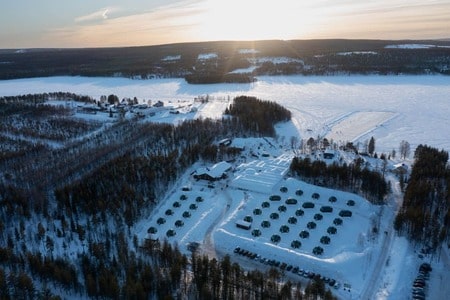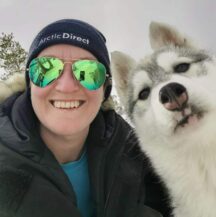The Northern Lights is one of the most incredible natural phenomena on the planet. Millions of people flock to countries on the northern lights belt every year to try and catch a glimpse of this magical natural light show. this display is the perfect centerpiece for a wonderful adventure and if often paired with whale watching, luxurious glass igloo stays, and other arctic delights.
However, knowing exactly where, when and what to see can be tricky, especially when the timing is everything. We’ve created an all-in-one resource to help you plan an arctic adventure with great guides on where to go, when to go and what to do.
What are Northern Lights?
The Northern Lights is a natural phenomenon that occurs in the sky, created by electrically charged particles from the sun entering our atmosphere. Also known as aurora borealis, this natural light show is vibrant and magical running from greens to blues, and even pink and violet hues.
We’re going to look at some of the best places and times (popular and out of the way) to see the Lights below but be sure to have a look at what to pack for a winter trip to help you plan for the extreme temperatures you’ll experience. Visit our blog that explains what to pack for a winter trip and how to dress for the arctic.
When can you see the Northern Lights?
The first thing you should remember is that you can’t take the Lights for granted. This is an incredible natural phenomenon and as such can be unpredictable. The Lights can appear up to 150 nights a year, however, they may only appear for a matter of seconds, or be obscured by cloud cover or bright skies. That’s where we come in. With a bit of planning, you can give yourself the best chance of seeing the lights dance across the night sky.
When to go
The first thing to consider is that there is never a certainty that you’ll see the Lights. However, going at specific times of the year or to areas with less light pollution can greatly increase your chances of catching a glimpse of this incredible display. Another top tip is to plan your trip with the best chance of viewing weather in mind.
Clear, dark skies and colder temperatures are the best for spotting the Lights making Autumn and Winter the most popular months for trips. This window usually runs from the last days of August to the first of April each year (depending on the location). September and October can be good for seeing the Lights and the temperature is much milder, but the lack of snow means that while you may see the Lights you will be unlikely to do activities such as skiing or snowboarding.
Planning your trip around the equinoxes is another good way to see peak displays with these falling in September and March. We recommend consulting the dates of the equinoxes, the long-term expected weather (i.e., seasonal/monthly averages), and speaking with experts (such as us) as to where to go to increase your chances of seeing this breathtaking light show. This will save you booking expensive flights on short notice and allow you to have the best chance of seeing the lights.
When not to go
December should be avoided if possible. This month is very dark in most places where the Lights are visible with only a few hours of dusky light depending on the location. This month is also renowned for cloudy weather with the bulk of winter snow falling over December.
Add to this the fact that Christmas time and December is not only less than ideal for the Lights but also your budget.
Many people try to avoid full moon. While a light display will be slightly less prominent with a full moon, this is not entirely necessary as a good display can be seen whatever the moon is doing.
We have a full article explaining the best time to visit the arctic to see the Northern Lights and what to do during the warmer seasons!
Where to see the Northern Lights?
Once you have an idea of when you want to go, you can start looking at where to go. A common misconception is that the further north you go, the greater the chance of seeing the Lights. This is incorrect. The lights form in a band across several countries known as the auroral zone. The countries that fall on this band are close to the Arctic Circle and include Iceland, Greenland, Alaska, Canada, Norway, Sweden, and Finland.
This gives you several countries to explore while planning a trip to see the Northern Lights and allows you to complement your itinerary with events and activities such as relaxing spa trips, exciting volcano tours, and breath-taking whale sightings. Here are some of the places we recommend looking at as well as places to avoid.
Where to go for the Northern Lights?
The northern parts of Sweden, Finland and Norway are fantastic bases to start your journey. The relatively short flights to and from the UK along with the modern amenities available make travelling comfortable and easy. Once you arrive, it’s best to look at getting out of the cities in the south and travelling north to catch a glimpse of the Northern Lights.
For somewhere more windswept and wilder, Greenland and Svalbard (Norway) are two islands that are well worth exploring. Both islands are remote with minimal light pollution, maximising your chances of catching a successful aurora snap.
Where not to go for the Northern Lights?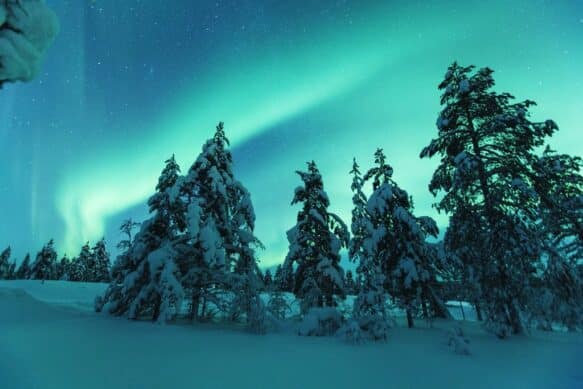
Iceland is in the peak position for the Northern Lights under the aurora oval. However, most accommodation is in Reykjavik which has a lot of light pollution making it more difficult to see the Lights. Iceland is also renowned for cloudy weather which can limit aurora displays.
Iceland (and Reykjavik) is a popular tourist hotspot with plenty to offer. If you do decide to go to Iceland, be prepared for premium prices on flights and accommodation and be sure to plan your trip with at least one night out in the wild, away from light pollution.
What to do on an Arctic adventure?
Seeing the Northern Lights may be the main attraction for a holiday, but it isn’t the only thing to consider. If you’re planning a trip, it’s imperative that you consider what to do when not in awe of the lights. In fact, planning several activities is advised as it makes the most of your trip and, if you miss the Lights, at least you can still see other incredible sights and experience new worlds.
What is there to do?
There is a wide array of activities to choose from; whether you’re looking for interesting cuisine and nightlife, breath taking wildlife, or unique sightseeing destinations.
Activities
In Sweden, Finland and Norway husky sledging and snowmobiling are very popular. The welfare standards for dogs in these countries are very high and we stand by including these activities in our packages. We don’t offer dog sledging in Greenland however as they don’t meet a high standard of welfare for the animals.
Sweden, Finland, and Norway are also great for other snow-based activities like ice-fishing, reindeer sledging, and cross-country skiing. If you’re a keen fisherman Norway is popular for king crab fishing as well as ice fishing.
Sightseeing
Iceland is more popular with sightseeing. Waterfalls, glaciers, volcanoes, and geysers are just a few of the incredible sights you can see when visiting Iceland.
For a more nautical theme, Finland and some parts of Sweden offer great views of regal ice floes from ice breaker trips, while parts of Norway offer whale watching between October and January.
Relaxation
Last, but not least, what is a holiday without a bit of rest and relaxation. All of the above locations have plenty to offer from thermal baths to spas and luxurious glass igloos. This region is also home to unique cuisines and is sure to be a hit with foodies everywhere.
As you can see, a Northern Lights trip can be one of the most amazing holidays ever. We have years of experience putting together unforgettable travel experiences and work tirelessly to find you fantastic deals. Please feel free to explore the links above for more info or contact our team today and we’ll help you plan an arctic adventure like no other.

